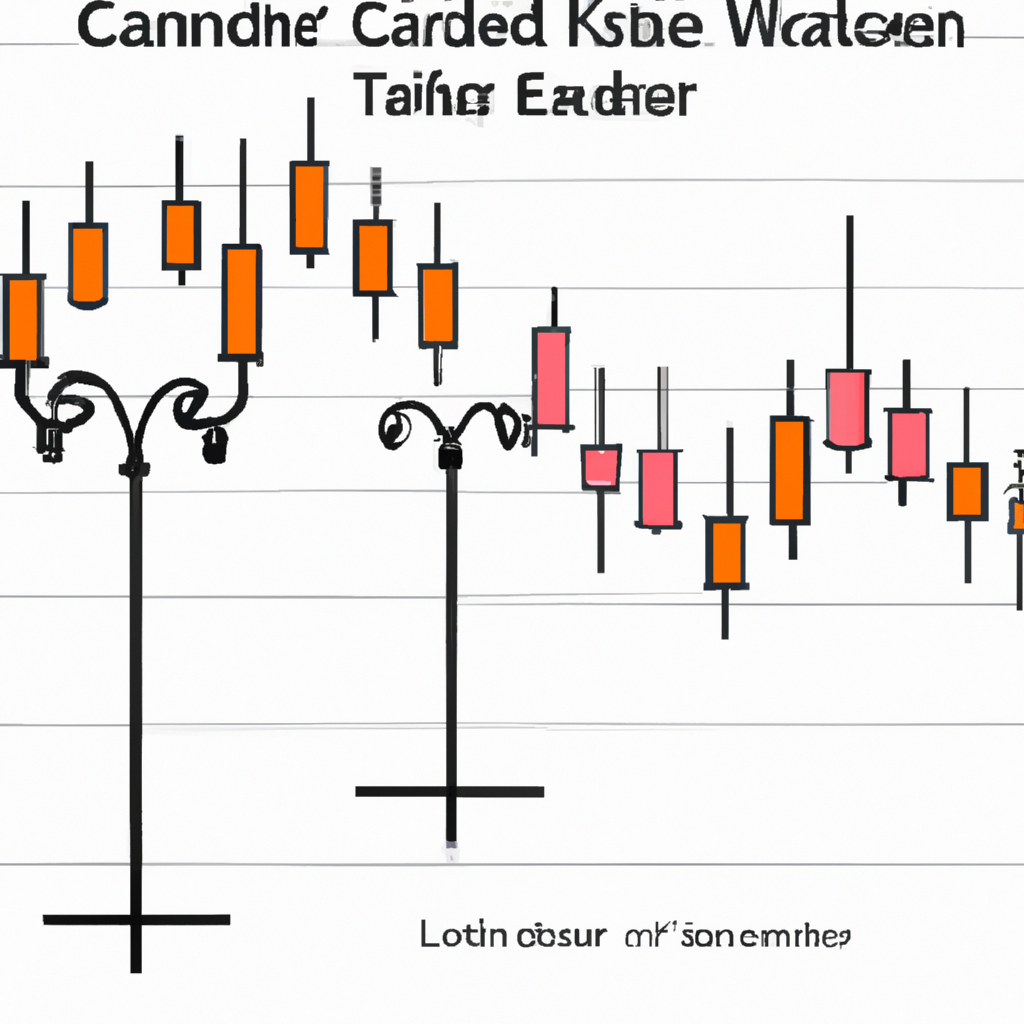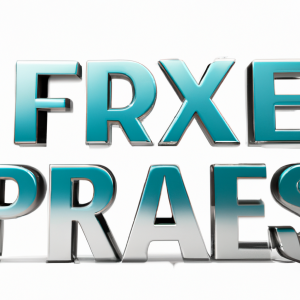
Understanding Candlestick Patterns for Successful Trading
Candlestick Patterns Explained
Introduction
Candlestick patterns are a popular tool used by traders to analyze market trends and make informed trading decisions. These patterns are formed by the open, high, low, and close prices of a financial instrument over a specific period of time. By understanding and recognizing different candlestick patterns, traders can gain insight into market sentiment and potential price movements.
Types of Candlestick Patterns
Bullish Patterns
Bullish candlestick patterns indicate that the market sentiment is positive and that prices may rise in the future. Some common bullish patterns include:
- Hammer
- Doji
- Bullish Engulfing
Bearish Patterns
Bearish candlestick patterns suggest that the market sentiment is negative and that prices may fall. Some popular bearish patterns include:
- Shooting Star
- Dark Cloud Cover
- Bearish Engulfing
How to Use Candlestick Patterns
Identify Patterns
The first step in using candlestick patterns is to identify them on a price chart. Look for patterns that indicate a potential reversal or continuation of a trend.
Confirm Patterns
Once you have identified a candlestick pattern, it is important to confirm it with other technical indicators or price action signals. This will help reduce the risk of false signals.
Take Action
Based on the candlestick patterns and confirmation signals, traders can make informed decisions on whether to enter or exit a trade. It is important to consider risk management and set stop-loss orders to protect against potential losses.
Conclusion
Candlestick patterns are a valuable tool for traders to analyze market trends and make informed trading decisions. By understanding the different types of patterns and how to use them effectively, traders can improve their chances of success in the financial markets.

